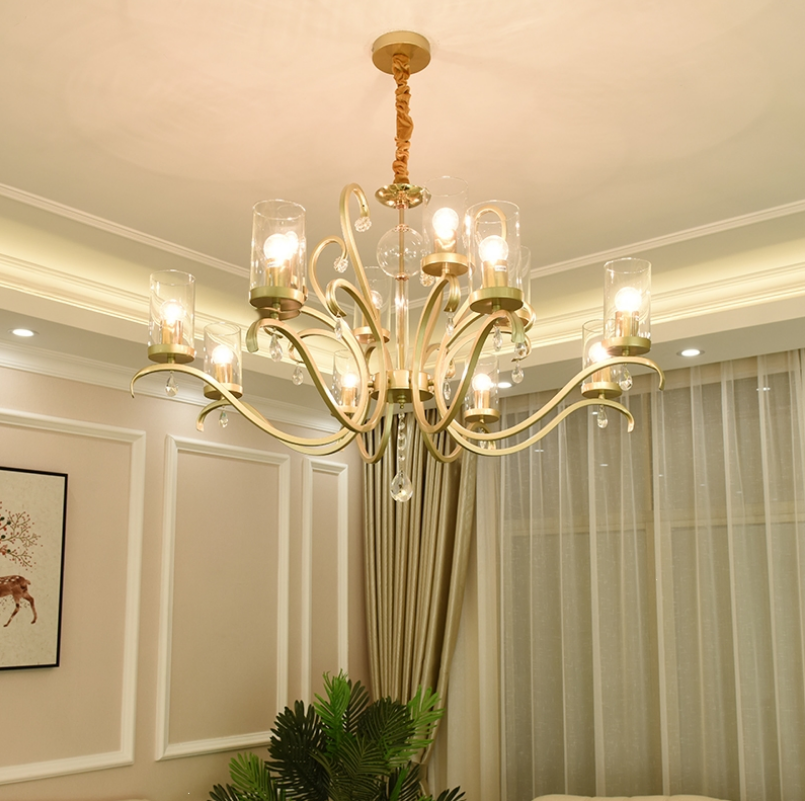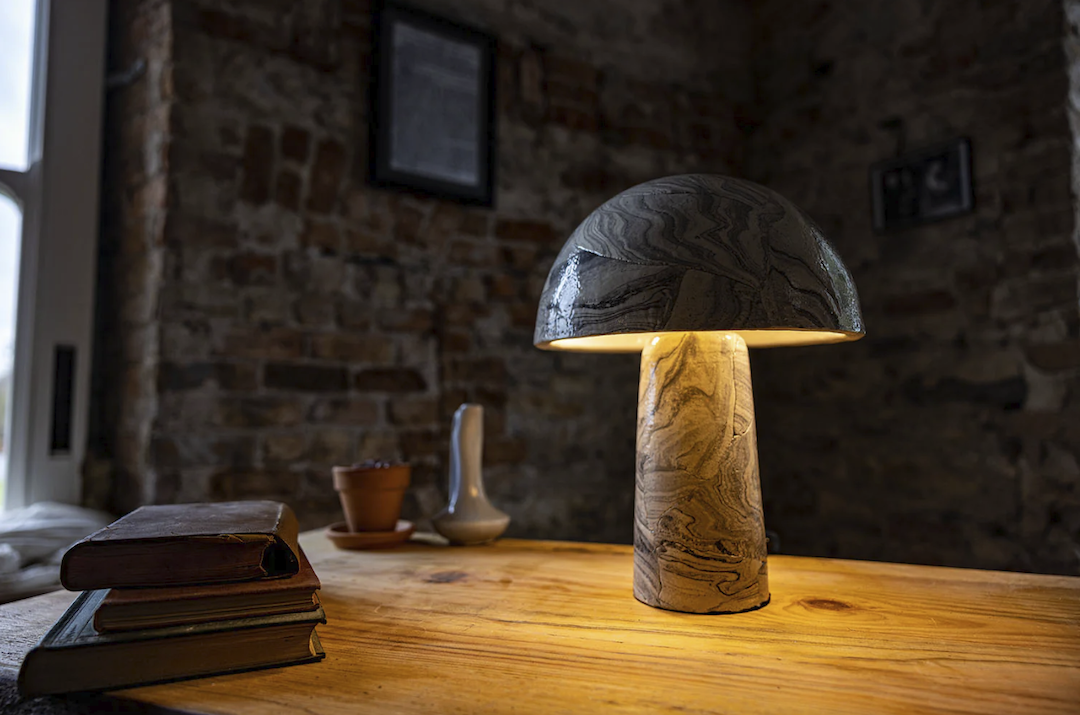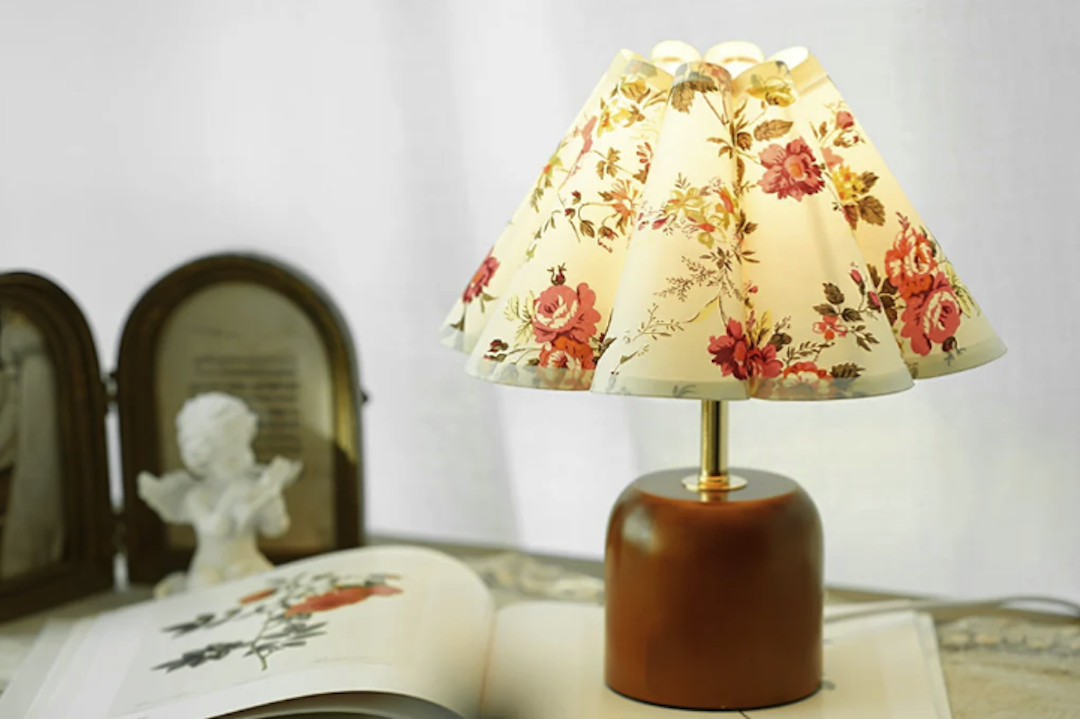Chandeliers have a long and intriguing history dating back to ancient times. The term “chandelier” originates from the French word “chandelle,” meaning candle. Early chandeliers were simple wooden crosses with spikes to hold candles, used to illuminate large spaces.
These fixtures were symbols of wealth and status due to their luxurious nature. During the Middle Ages, chandeliers evolved into more ornate designs, often crafted from metal with intricate details. The development of glassmaking techniques in the 14th century led to the incorporation of glass elements, enhancing their elegance.
The 18th century saw the introduction of crystal chandeliers Lovefanli, which became associated with luxury and opulence. These elaborate fixtures were commonly found in palaces, grand ballrooms, and stately homes. The 19th century brought significant changes with the advent of gas and electric lighting, allowing for more complex chandelier designs.
This innovation made chandeliers more accessible to the middle class, leading to increased popularity during the Victorian era. Today, chandeliers remain symbols of luxury and elegance, adorning the ceilings of grand hotels, theaters, and upscale residences worldwide.
The Art of Chandelier Design
From Concept to Reality
The design process often begins with a concept or inspiration, which can be drawn from various sources such as nature, architecture, or historical periods. Once the concept is established, designers create sketches and renderings to visualize the chandelier’s form and structure. Materials play a crucial role in chandelier design, with options ranging from traditional metals such as brass and bronze to modern materials like acrylic and glass.
Lighting the Way
The arrangement of the light sources is another important consideration in chandelier design. Whether using candles, incandescent bulbs, or LED lights, designers must carefully plan the placement of the light sources to achieve the desired ambiance and illumination.
The Finishing Touches
The final step in the design process is often the addition of decorative elements such as crystals, beads, or ornaments, which enhance the chandelier’s beauty and elegance. Overall, chandelier design is a meticulous and intricate process that requires a keen eye for detail and a deep appreciation for beauty and craftsmanship.
The Different Types of Chandeliers
Chandeliers come in a wide variety of styles, shapes, and sizes, each with its own unique characteristics and charm. One of the most popular types of chandeliers is the crystal chandelier, which features sparkling crystals that refract light and create a dazzling display. Crystal chandeliers are often associated with luxury and opulence and are commonly found in grand ballrooms, hotels, and upscale homes.
Another popular type of chandelier is the candle chandelier, which harkens back to the earliest forms of chandeliers that used candles for illumination. Candle chandeliers exude a warm and inviting ambiance and are often used in rustic or traditional interior settings. Modern chandeliers, on the other hand, feature sleek lines, minimalist designs, and innovative materials such as metal, glass, or acrylic.
These chandeliers are perfect for contemporary spaces and add a touch of modern elegance to any room. Other types of chandeliers include tiered chandeliers, which feature multiple levels of lights arranged in tiers for a dramatic effect; drum chandeliers, which have a cylindrical shade that diffuses light evenly; and lantern chandeliers, which have an open frame resembling a lantern and are often used in entryways or foyers. Each type of chandelier offers its own unique style and character, allowing homeowners and designers to find the perfect fixture to complement their space.
Choosing the Right Chandelier for Your Space
Selecting the right chandelier for your space is essential to creating a harmonious and visually appealing interior design. When choosing a chandelier, it’s important to consider the size and scale of the room where it will be installed. A large, ornate chandelier may overwhelm a small room, while a small fixture may get lost in a large space.
It’s crucial to strike a balance between the size of the chandelier and the proportions of the room to create a cohesive look. The style of the chandelier should also complement the overall design aesthetic of the space. For traditional interiors, crystal or candle chandeliers may be an ideal choice, while modern spaces may benefit from sleek and minimalist designs.
Additionally, consider the function of the chandelier – whether it will be used as ambient lighting in a living room or as a statement piece in a dining room – to ensure that it meets your specific lighting needs. Another important factor to consider when choosing a chandelier is the ceiling height. Low ceilings may require flush-mount or semi-flush mount chandeliers to provide adequate clearance, while high ceilings can accommodate larger and more elaborate fixtures.
It’s also essential to consider the weight of the chandelier and ensure that it can be safely installed in your space.
Maintenance and Care for Chandeliers
Proper maintenance and care are essential to keep chandeliers looking their best and functioning optimally. Regular cleaning is crucial to remove dust, dirt, and grime that can accumulate on the fixture’s surfaces. For crystal chandeliers, gentle cleaning with a soft cloth or duster can help maintain their sparkle and shine.
Metal fixtures can be cleaned with a mild solution of soap and water, followed by thorough drying to prevent water spots or corrosion. In addition to cleaning, it’s important to inspect the electrical components of the chandelier regularly to ensure that they are in good working condition. Loose wires, burnt-out bulbs, or damaged sockets should be addressed promptly to prevent safety hazards or malfunctions.
If you’re unsure about how to inspect or maintain the electrical components of your chandelier, it’s best to consult a professional electrician. For more intricate or delicate chandeliers, such as antique or vintage fixtures, it’s advisable to seek professional cleaning and maintenance services to ensure that they are handled with care. Professional cleaners have the expertise and tools necessary to clean and restore delicate materials without causing damage.
Chandeliers as a Statement Piece in Interior Design
The Focal Point of a Room
A well-chosen chandelier can serve as the focal point of a room, drawing attention and adding a touch of glamour and sophistication. In dining rooms, grand entryways, or living rooms, a stunning chandelier can set the tone for the entire space and create a memorable impression.
Versatility in Style and Design
Chandeliers come in a wide range of styles and designs, making them versatile enough to complement any interior aesthetic. From traditional crystal chandeliers that exude timeless elegance to modern sculptural designs that make a bold statement, there is a chandelier for every taste and style preference.
Functional Ambiance and Aesthetic Appeal
In addition to their aesthetic appeal, chandeliers also play a functional role in interior design by providing ambient lighting and enhancing the overall atmosphere of a space. Whether casting a warm glow over a cozy dining area or illuminating an expansive foyer with dazzling light, chandeliers contribute to the mood and ambiance of a room in a way that no other lighting fixture can.
The Timeless Elegance of Chandeliers
Throughout history, chandeliers have remained an enduring symbol of elegance and luxury. Their timeless appeal transcends trends and fads, making them a classic choice for interior lighting. Whether adorning the ceilings of grand palaces or gracing the dining rooms of modern homes, chandeliers continue to captivate with their beauty and allure.
The allure of chandeliers lies in their ability to transform any space into a sophisticated and enchanting environment. Their shimmering crystals, intricate metalwork, or sleek modern lines add an element of glamour that is unmatched by other lighting fixtures. The play of light and shadow created by a chandelier can evoke a sense of drama and romance, making it an essential element in creating an inviting and memorable atmosphere.
Chandeliers also hold cultural significance as symbols of wealth, status, and refinement. From their origins as exclusive fixtures reserved for royalty and nobility to their widespread popularity in contemporary interior design, chandeliers have always been associated with luxury and prestige. Their presence in any space instantly elevates its aesthetic appeal and conveys a sense of sophistication that is timeless.
In conclusion, chandeliers have evolved from simple candle holders into exquisite works of art that continue to captivate with their beauty and elegance. As symbols of luxury and refinement, they have stood the test of time and remain an essential element in interior design. Whether adorning grand ballrooms or adding glamour to modern homes, chandeliers will always hold a special place as timeless icons of elegance.





